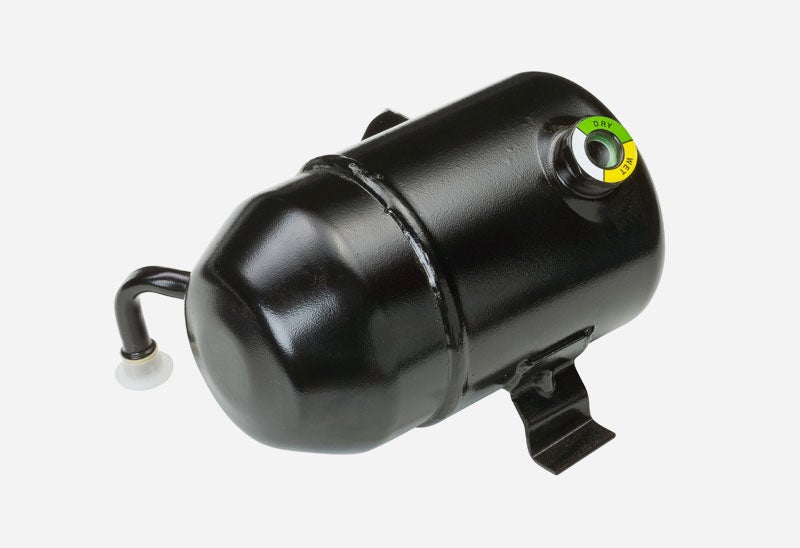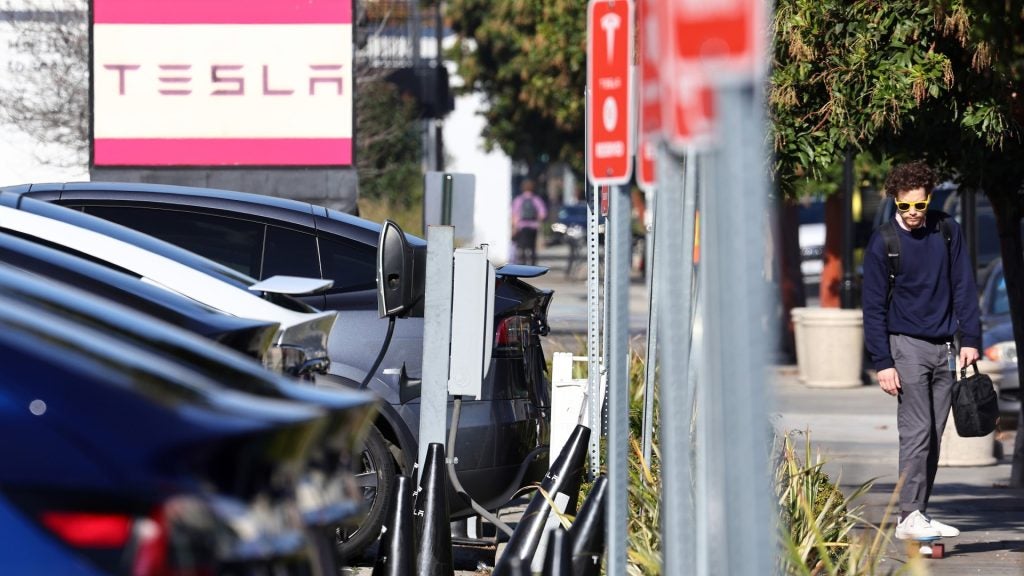Automotive engineering consultancy, Drive System Design (DSD) and Solvay say they aim to make the large-scale use of plastic composites in transmissions a viable solution for future vehicles.
DSD is contributing the transmission know-how while Solvay, the materials expertise.
“The partnership began when we worked together on a plastic transmission housing to improve the NVH of an electric vehicle (EV),” said DSD president, North America, Shaun Mepham.
“The approach was so effective it raised the possibility of improving the efficiency of the meshing gears by using tooth geometry that would normally be considered unacceptable because of noise.”
There is an immediate weight saving from substituting plastic materials for conventional metal castings but, equally important is the potential for improved efficiency due to the greater inherent damping provided by polymeric materials.
This allows the use of gears which are more efficient but would have unacceptable noise characteristics in a conventional casing.
How well do you really know your competitors?
Access the most comprehensive Company Profiles on the market, powered by GlobalData. Save hours of research. Gain competitive edge.

Thank you!
Your download email will arrive shortly
Not ready to buy yet? Download a free sample
We are confident about the unique quality of our Company Profiles. However, we want you to make the most beneficial decision for your business, so we offer a free sample that you can download by submitting the below form
By GlobalDataExamples of this approach include the use of reduced helix angles or spur gears and high efficiency tooth profiles with shorter height for reduced sliding and increased rolling.
Potential exists for shafts, casings and hydraulic cylinders to be made from plastic, reinforced where appropriate.
Full implementation could produce savings of up to 45% in terms of the casing weight for a typical passenger car transmission, maintain the companies, although with an NVH ‘skin’ included this reduces to 25%, but allows a reduction in transmission losses of up to 0.5% per gear mesh.







